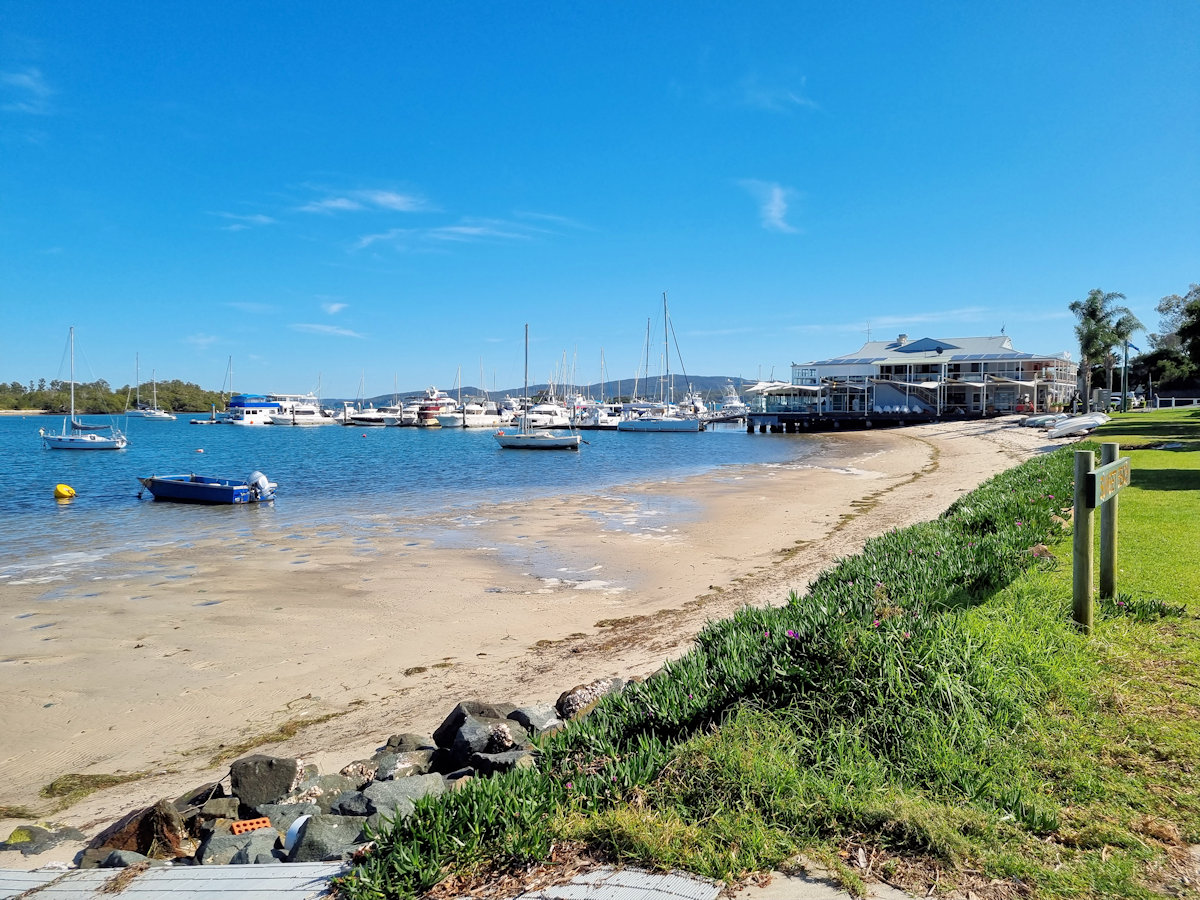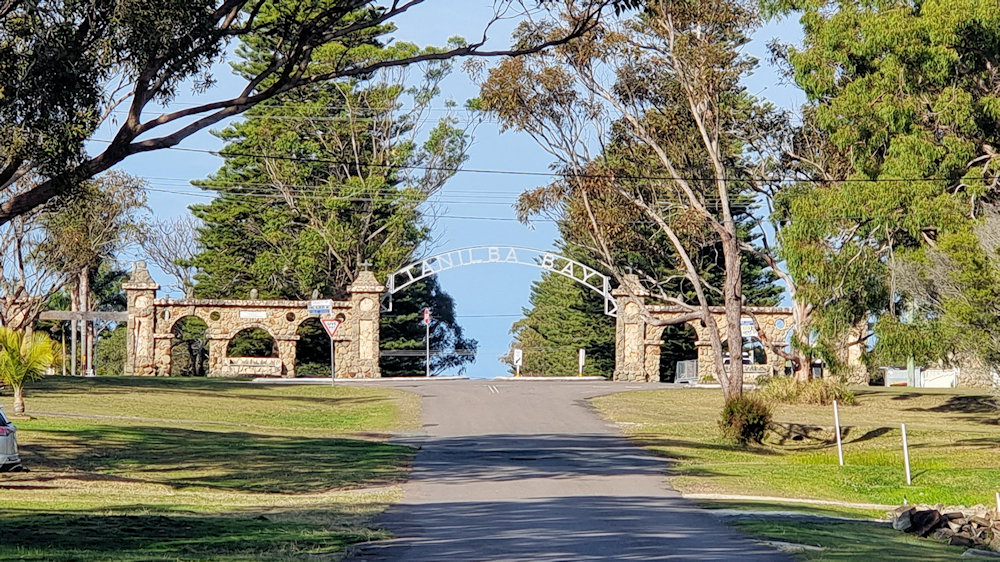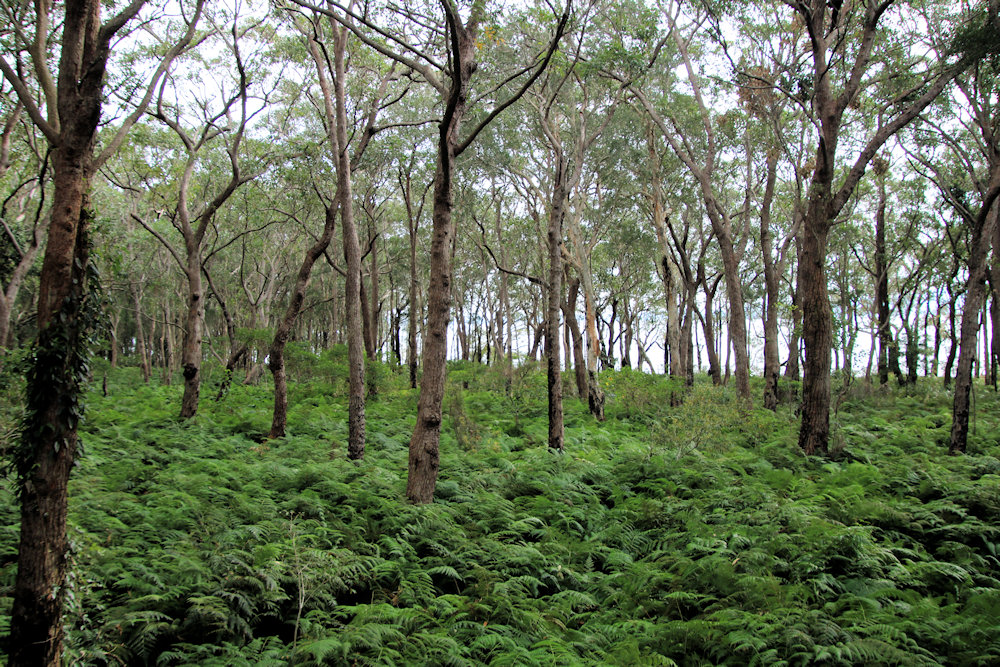Category: Hunter Valley
-
Soldiers Point Marina Australia

Soldiers Point Marina Located and hour’s drive north-east of Newcastle, New South Wales, the Soldiers Point Marina is a popular tourist destination. Not only does it have excellent boat launching facilities, but has a modern marina, beach and restaurant. We took a walk along Sunset Beach and enjoyed the views, we loved the boats and… Read more
-
Tanilba Bay Australia

Tanilba Bay Australia Located on the Tilligerry Peninsula, Tanilba Bay is a suburb of the Port Stephens local government area in the Hunter Region of New South Wales, Australia. Tanilba House The centrepiece of the town is Tanilba House, a beautiful and elegant home which is one of Australia’s oldest historical buildings. Built for Lieutenant… Read more
-
Tilligerry Habitat

Tilligerry Habitat Tanilba Bay NSW Australia The original sand dunes in what is now the Tilligerry Habitat were subject to deep sand-dredge mining from the 1960s. Removal of the dunes resulted in a flat landscape with the original drainage system damaged and native vegetation cleared. A large section of the disused mine was used for… Read more